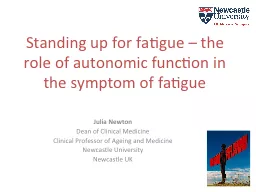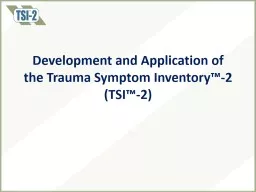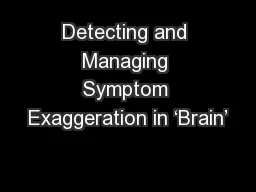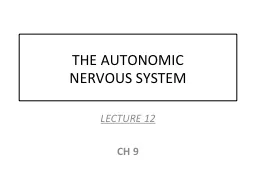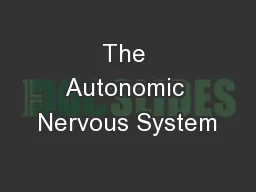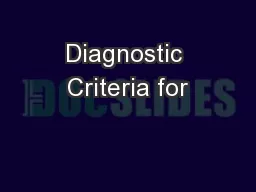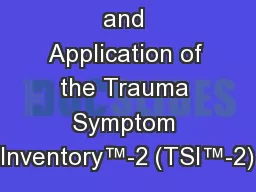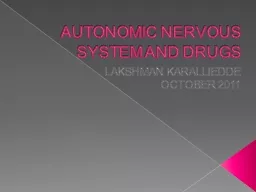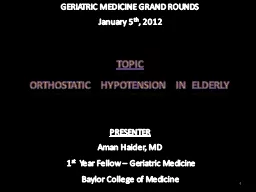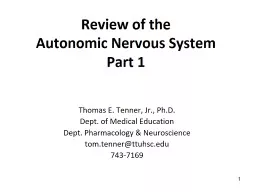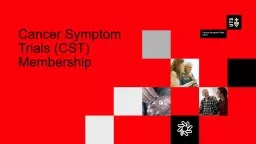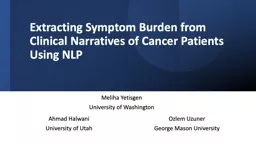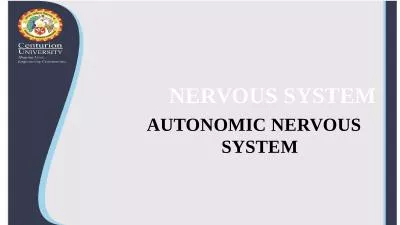PPT-Standing up for fatigue – the role of autonomic function in the symptom of fatigue
Author : bagony | Published Date : 2020-11-06
Julia Newton Dean of Clinical Medicine Clinical Professor of Ageing and Medicine Newcastle University Newcastle UK Outline of talk Double act What is fatigue
Presentation Embed Code
Download Presentation
Download Presentation The PPT/PDF document "Standing up for fatigue – the role of ..." is the property of its rightful owner. Permission is granted to download and print the materials on this website for personal, non-commercial use only, and to display it on your personal computer provided you do not modify the materials and that you retain all copyright notices contained in the materials. By downloading content from our website, you accept the terms of this agreement.
Standing up for fatigue – the role of autonomic function in the symptom of fatigue: Transcript
Download Rules Of Document
"Standing up for fatigue – the role of autonomic function in the symptom of fatigue"The content belongs to its owner. You may download and print it for personal use, without modification, and keep all copyright notices. By downloading, you agree to these terms.
Related Documents

